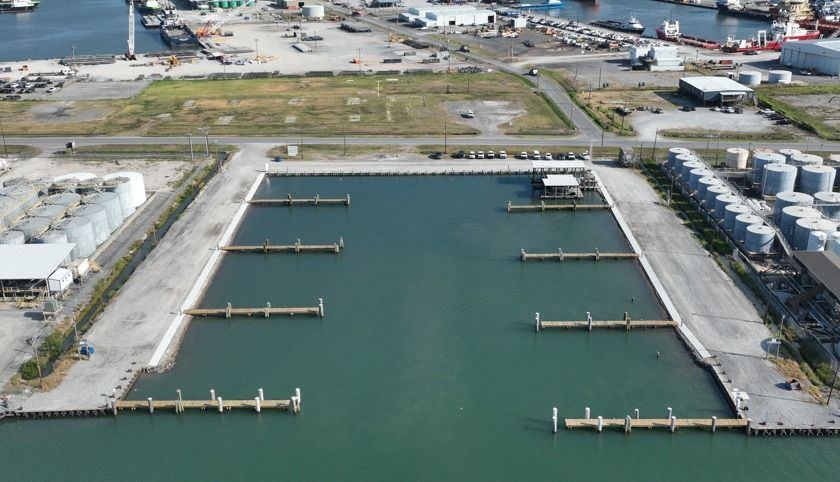Find the South Lafourche Airport's latest fuel prices, airport FBO services, driving directions and more.
Find Port Fourchon's history, port facts, maps, properties available for lease, and more.
The South Lafourche Leonard Miller, Jr. Airport is often referred to by its call letters GAO, which identify the airport's location in Galliano, Louisiana.
Find the latest Port Commission news and events here, including latest updates and press releases.

READY TODAY.
READY FOR TOMORROW.
65 Years Strong
The Greater Lafourche Port Commission, a political subdivision of Louisiana, promotes economic development in the communities it serves by optimizing trade and commerce. Our mission is to bolster the local economy while preserving our environment and cultural heritage. We have authority over the Tenth Ward of Lafourche Parish, south of the Intracoastal Waterway, which includes Port Fourchon and the South Lafourche Leonard Miller, Jr. Airport.

PORT FACTS
GET THE FACTS
PORT MAPS
SEE MAPS
EMPLOYMENT
JOB OPENINGSOUTDOOR RECREATION
EXPLOREDIRECTORY
SEE LISTINGSPORT FACTS
GET THE FACTSPORT MAPS
SEE MAPS250+
Over 250 companies use Port Fourchon as a base of operation.
95%
Over 95% of the Gulf of Mexico’s deepwater energy production is serviced by Port Fourchon.
15K+
Approx. 15,000 people per month are
flown to offshore locations supported by Port Fourchon.
400+
Over 400
large supply vessels traverse the port’s channels each day.
Waves & Weather
Stay informed on the latest information on wave heights, tide levels, and other key marine conditions in the area.
Check daily weather updates and current storm information.
GLPC RECENT NEWS

-
Nature's Symphony
Breathtaking colors of our planetButton -
Port Fourchon
Portraits of people from around the globeLEARN MORE -
Sands of Time
Stark beauty of desolate dunesButton -
Our Coastal Environment
Visual odyssey across continentsLEARN MORE -
Our Coastal Environment
LEARN MORE -
Our Coastal Environment
LEARN MORE -
South Lafourche Airport (GAO)
LEARN MORE















